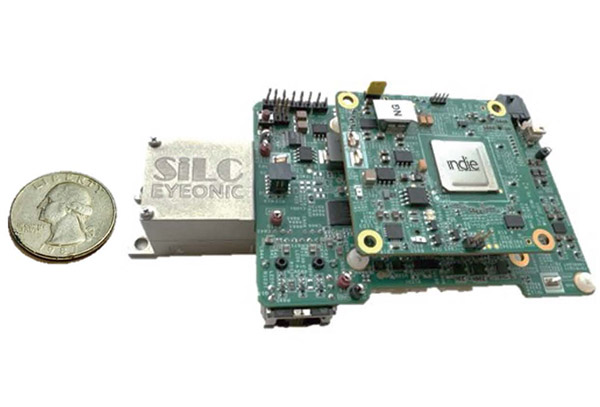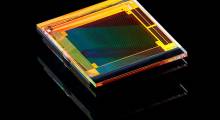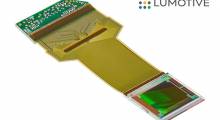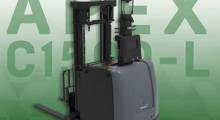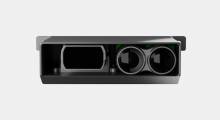indie Semiconductor and SiLC Technologies Inc. today said they have formed a strategic technology partnership to offer integrated frequency modulated continuous wave, or FMCW, lidar sensors. The companies said their jointly developed platform can be used in applications including driver assistance, autonomous mobility, robotics, and industrial automation.
“We are excited to partner with indie to bring industry-leading FMCW-based LiDAR platforms to market,” stated Ralf Muenster, vice president of business development and marketing at SiLC. “Our state-of-the-art FMCW lidar sensor features the highest integration, resolution, precision, and longest range of any other competing approach, while remaining the only commercially available solution to offer polarization information.”
“At CES last year, SiLC showed Eyeonic's 1,250 m [4,101 ft.] range, and this year, we created 3D lidar portraits of our guests with an indie evaluation board,” he told Robotics 24/7. “Eight months later, we're announcing our partnership and have designed boards that can reduce cost, power, and size tenfold.”
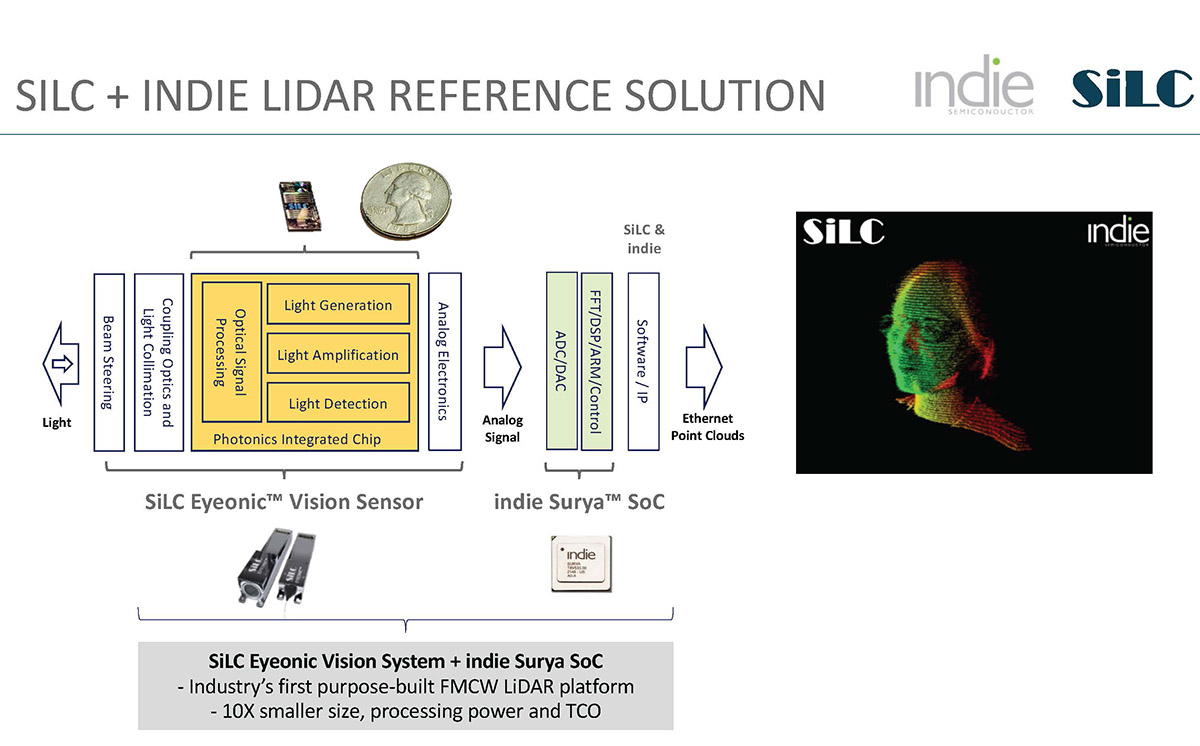
FMCW is superior to ToF, says SiLC
Founded in 2018 by silicon photonics industry veterans, SiLC said it has developed “the industry's only fully integrated FMCW 4D imaging chip.” The Monrovia, Calif.-based startup said its Eyeonic chip integrates all photonics functions needed to enable a coherent vision sensor.
FMCW-based lidar is superior to direct detection-based time-of-flight (ToF) sensors, assserted Muenster. He cited its long-range perception with high precision, immunity to interference, and ability to provide per-point instantaneous velocity and motion measurement.
“Current lidar is suboptimal—it's prone to multi-user interference, needs high wattage, and has a large form factor, so it's not scalable to mass-market deployment,” said Muenster. “We know the limits of ToF, and FMCW is becoming standard. It's the same as with radar, which was first pulsed and is now coherent.”
“SiLC has a unique business model in that we're building a semiconductor, not a lidar box for one application or vertical,” he said. “We're kicking out our 14th generation chip in five years, and our FMCW consumes only 5 watts.”
SiLC added that its machine vision advances are targeted at large-scale adoption in markets including robotics, industrial inspection, and security. The company has raised about $56 million to date from investors including Dell Technology Capital, Sony Innovation Fund by IGV, FLUXUNIT – ams OSRAM Ventures, UMC Capital, Alter Ventures, and Epson.
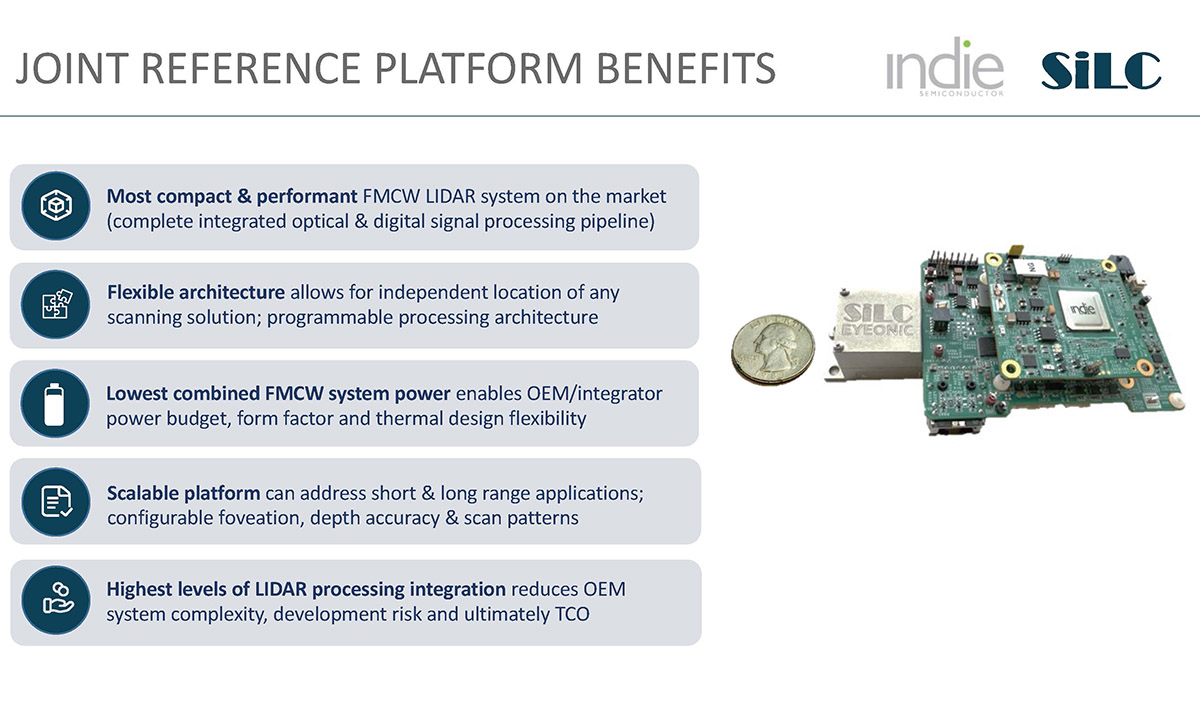
indie brings integrated vision to automotive market
indie develops high-performance and energy-efficient semiconductors and software platforms for advanced driver-assist systems (ADAS), user experience (UX), and electrification applications. The Aliso Viejo, Calif.-based company added that its mixed-signal system on chips (SoCs) enable edge sensors including radar, lidar, ultrasound, and computer vision.
In addition, indie said its embedded system control, power management, and interfacing systems could transform the in-cabin experience and accelerate increasingly automated and electrified vehicles.
indie and SiLC said they are creating integrated vision systems that “enable an order-of-magnitude improvement in sensing performance, manufacturability, power consumption, form factor, and cost relative to competing systems.”
“With less power cost and four channels, we have a higher processing level and point-cloud density, and scaling is easier,” said Muenster. “Lidar is finally taking off in automotive—not just for autonomous vehicles, but in ADAS, which is currently in more vehicles. Once FMCW is widely available, there's no going back.”
Select automotive OEMs and Tier 1 suppliers are already evaluating reference platforms using SiLC Eyeonic and indie's Surya SoC. The companies said they are also developing new reference platforms to showcase the scalability and flexibility of their combined technologies.
“By combining the software-defined high-performance—but low-power—analog and digital processing and system-control capabilities of Surya, coupled with SiLC’s Eyeonic vision solution, system integrators and OEMs are enabled with 4D FMCW imaging for mass-market deployment into multiple applications,” said Chet Babla, senior vice president for strategic marketing at indie.
About the Author
Follow Robotics 24/7 on Linkedin
Article topics
Email Sign Up

